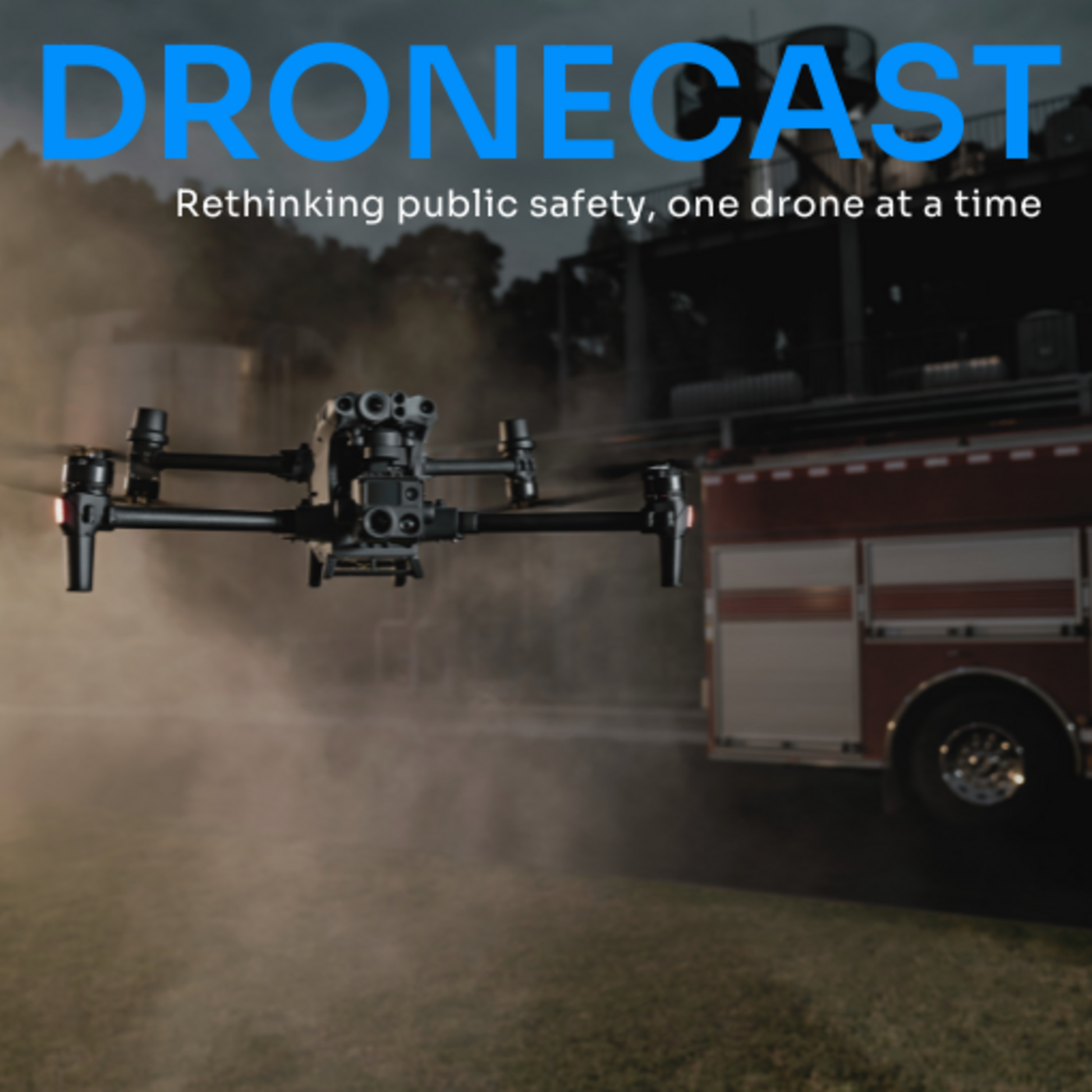11 Months to 1 Week: Charles Werner on Empowering DFR with New Breakthrough FAA COA Rules
April 29, 2025

Join host Joe Kearns as he sits down with Charles Werner, Aviation Technology Adviser for the Virginia Department of Aviation, Director of Drone Responders, and an experienced storm chaser. With over four decades of experience in emergency services, aviation, and severe weather response, Charles shares groundbreaking insights into the FAA’s recent regulatory changes that are transforming public safety drone operations. In this episode, Werner discusses the streamlined DFR COA process, the rapid shift from 11-month to one-week drone program approvals, and how simplified regulations are helping agencies launch and scale their UAS programs faster. Whether you’re a public safety professional, drone program manager, or policymaker, this episode offers vital updates, practical strategies, and a forward-looking perspective on the future of public safety drone operations.
In this episode of DroneCast, host Joe Kearns sits down with Charles Werner, Aviation Technology Adviser for the Virginia Department of Aviation, Director of Drone Responders, and an experienced storm chaser. A seasoned leader with extensive expertise in emergency services, unmanned aerial systems, and severe weather response, Werner shares firsthand insights into the revolutionary FAA regulatory changes that are accelerating public safety drone deployments. He explains how the new DFR (Drone as First Responder) COA process has drastically reduced approval timelines from 11 months to just one week, reshaping the speed and efficiency of public safety operations. Werner also discusses the simplified four-document submission process, the transition from COA to COWA (Certificate of Waiver and Authorization), and the operational impacts of allowing departments to fly drones at 200 feet using only ADS-B receivers.
The conversation delves into the evolution of public safety drones from "toys" to mission-critical tools, with drones now resolving up to 25% of calls before ground units even arrive. Werner provides a glimpse into the future of drone operations, exploring advancements such as one-to-many aircraft control, AI-driven search capabilities, and the new opportunities created by the Part 107 DFR waiver for volunteer and non-governmental organizations. Drawing on his unique perspective as both a public safety leader and a storm chaser, Werner underscores the critical role drones play in disaster response and emergency management. With a focus on practical implementation strategies, regulatory navigation, and operational innovation, his expertise offers invaluable guidance for agencies looking to build, enhance, or expand their drone programs. Werner's leadership at Drone Responders and ongoing collaboration with the FAA continue to drive the advancement of drone technology in public safety worldwide.
Helpful Links:
- Fill out the Audience Form here.
- Explore more episodes and insights on the official DroneCast website: dronesense.com/dronecast
- Ready to launch or enhance your drone program? Get Started with DroneSense today!
Episode Highlights:
- [07:34] Breakthrough in DFR COA Process - The FAA has dramatically streamlined the drone authorization process, reducing approval times from 11 months to just one week through a simplified four-document submission system. This change empowers public safety agencies to more quickly implement drone programs by eliminating lengthy paperwork and complex technical evaluations. The new process allows agencies to operate at 200 feet with basic ADS-B equipment or at 400 feet with detect-and-avoid technology, making drone deployment more accessible and cost-effective. Departments can now get operations approved by submitting a brief concept of operations, questionnaire responses, a public safety organization letter, and a public declaration letter. The streamlined process has already led to a surge in applications, with the FAA receiving over 20 DFR applications in a single day after the announcement.
- [13:36] Real-World Impact of DFR Programs - Drone as First Responder programs are proving to be vital force multipliers, with 25% of deployments resolving situations before ground units arrive on scene. The technology provides crucial situational awareness and real-time video streaming that helps de-escalate potentially dangerous situations and improve operational decision-making. A powerful example comes from Chula Vista, where drone footage helped locate and rescue a person from a burning vehicle on I-5 with seconds to spare. The streamlined regulations are enabling more departments to implement these life-saving programs without being deterred by lengthy approval processes. This transformation is particularly valuable for departments facing staffing shortages, as it allows them to operate more efficiently with existing resources.
- [33:26] Future of Drone Technology in Public Safety - The next evolution in public safety drone operations will enable single operators to control multiple aircraft simultaneously, dramatically expanding coverage capabilities. Emerging swarm technology combined with artificial intelligence will enhance search and rescue operations by automatically identifying anomalies and marking locations on maps. The integration of AI will reduce operator workload by handling routine monitoring tasks while highlighting areas needing attention. Part 107 DFR waivers now extend these capabilities to non-governmental organizations like volunteer fire departments and search and rescue teams. These advancements represent a fundamental shift from reactive to proactive emergency response operations.
Dronecast: Rethinking Public Safety, One Drone at a Time Podcast is handcrafted by our friends over at: fame.so
Previous Guests include: Matt Rowland, Jason Burnside
Check out our 3 most downloaded episodes:
Previous Guests include: Matt Rowland, Jason Burnside
Check out our 3 most downloaded episodes: